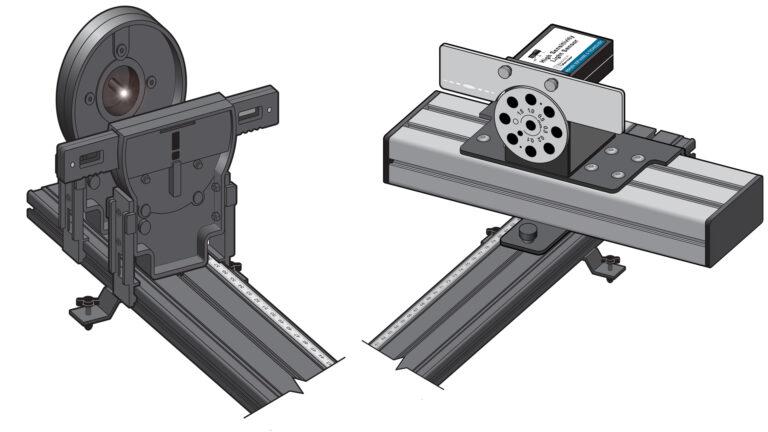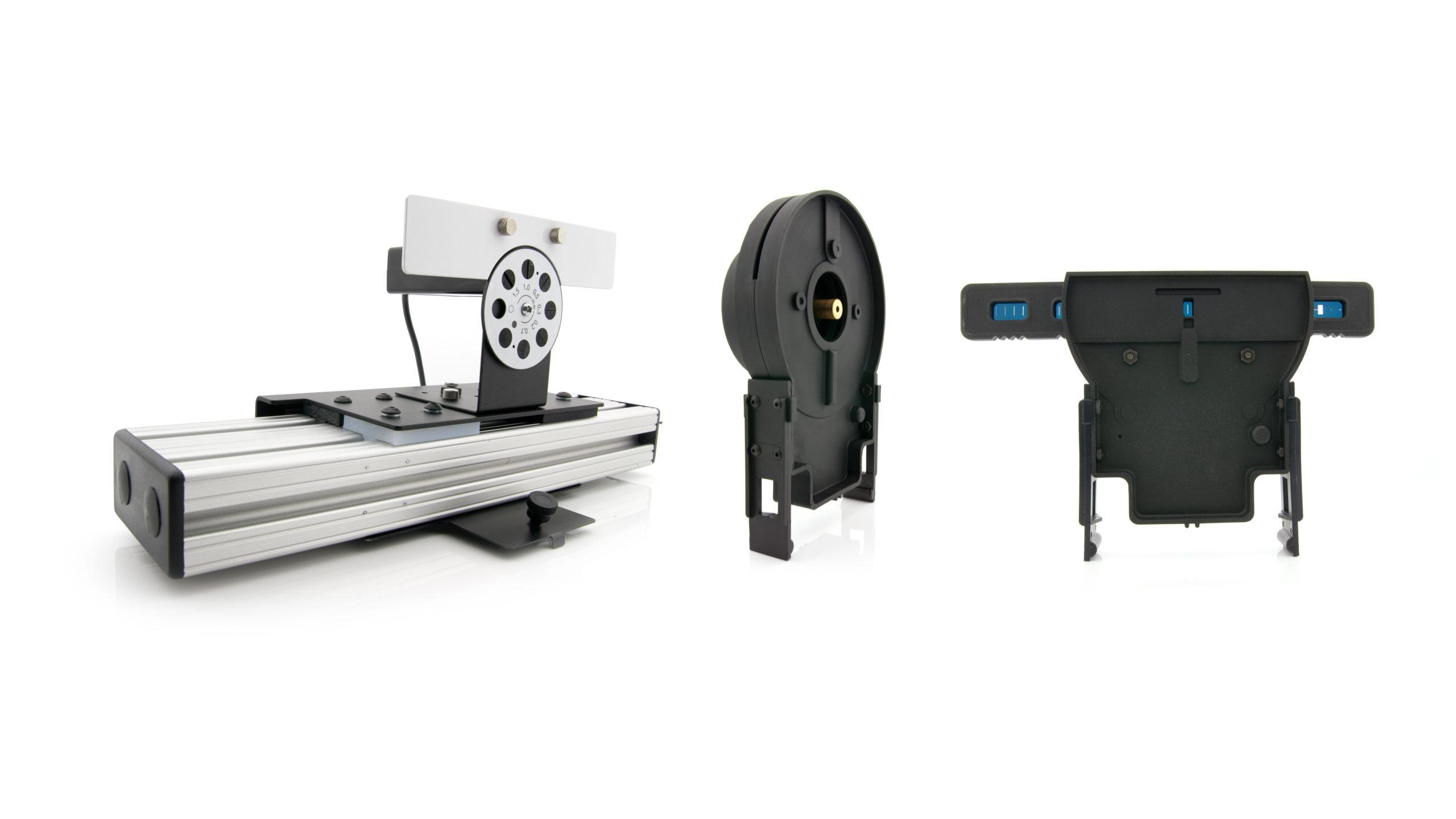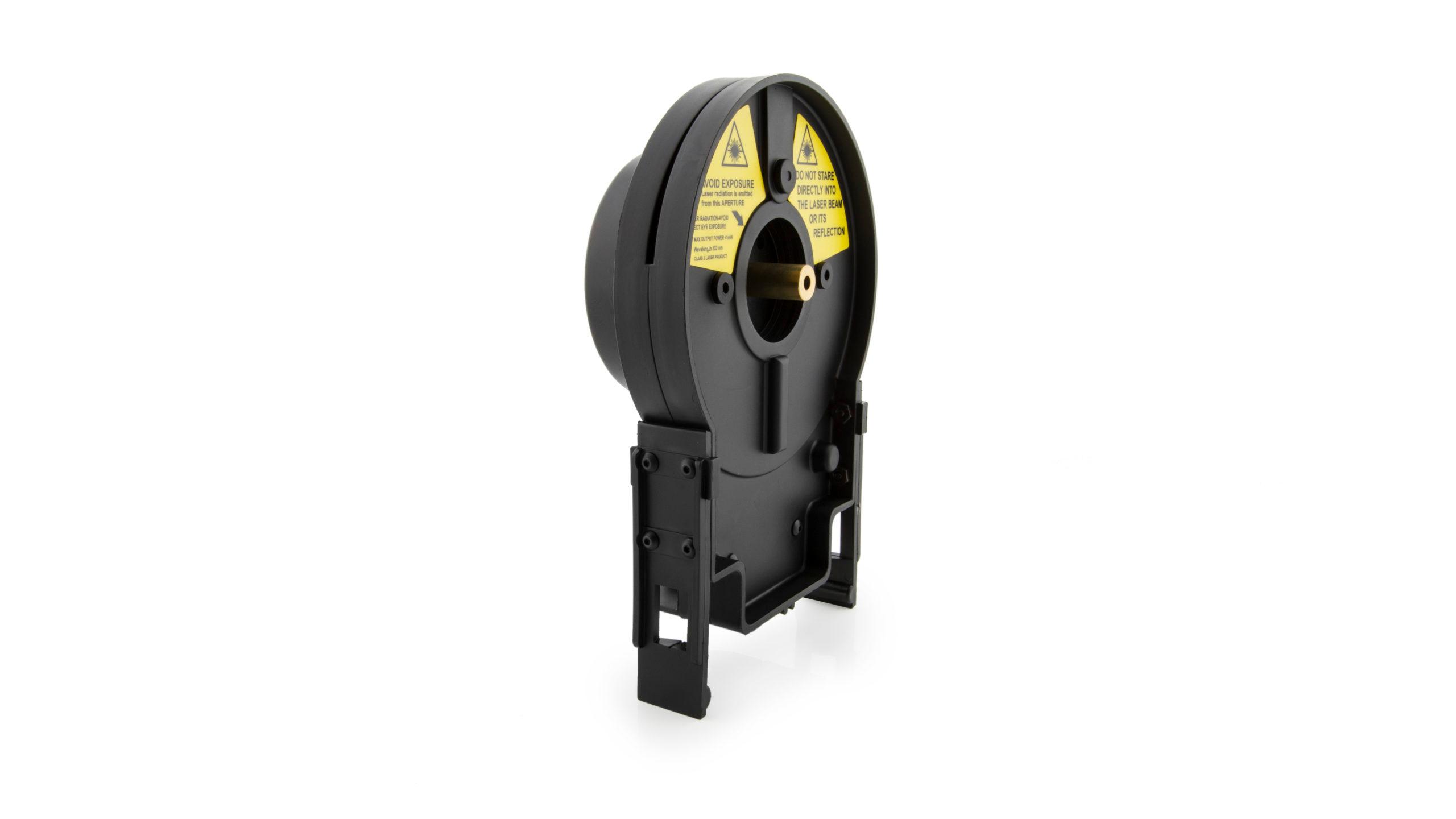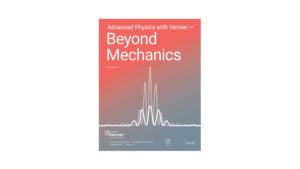
Introduction
As long ago as the 17th century, there were two competing models to describe the nature of light. Isaac Newton believed that light was composed of particles, whereas Christopher Huygens viewed light as a series of waves. Because Newton was unable to observe the diffraction of light, he concluded that it could not be wave-like. Thomas Young’s double-slit experiment in the early 19th century provided convincing evidence that supported the wave model of light. This is the second of two experiments in which you will examine the related phenomena of diffraction and interference.
Objectives
In this experiment, you will
- Compare and contrast features of the patterns produced on a screen when light from a laser passes through either one or two slits.
- Discern which features of the pattern arise from the interaction of the light with the single slit and which arise from the double slits.
- Use the principle of superposition to explain how waves from two sources could interfere constructively or destructively.
- Use Huygen’s Principle to construct a diagrammatic explanation of how path length differences for waves originating at different points in the slit give rise to the dark fringes in a diffraction pattern.
- From experimental parameters, predict the locations of dark fringes in the pattern.
- Collect intensity vs. position data to test your predictions.
Sensors and Equipment
This experiment features the following sensors and equipment. Additional equipment may be required.
Correlations
Teaching to an educational standard? This experiment supports the standards below.
- International Baccalaureate (IB) 2025/Physics
- The students should understand single-slit diffraction including intensity patterns as given by θ = λ/b where b is the slit width
- The students should understand that the single-slit pattern modulates the double slit interference pattern
- The students should understand interference patterns from multiple slits and diffraction gratings as given by nλ = d sin θ
Ready to Experiment?
Ask an Expert
Get answers to your questions about how to teach this experiment with our support team.
- Call toll-free: 888-837-6437
- Chat with Us
- Email support@vernier.com
Purchase the Lab Book
This experiment is #20 of Advanced Physics with Vernier — Beyond Mechanics. The experiment in the book includes student instructions as well as instructor information for set up, helpful hints, and sample graphs and data.




